We may receive a commission when you use our affiliate links. However, this does not impact our recommendations.
If you like to tinker with old tools, sooner or later you’ll come into contact with a rusty example. I’ve been interested in methods that use lemon juice or vinegar to shift the problem. I like the fact there is no dry abrading and no electrical stuff, and the things you need to do it could not be more accessible.
I tried it out first of all on a early(ish) Stanley No. 4-1/2 I bought on eBay; you can see in the video below that it lived up to my expectations. And just a word on expectations: Don’t expect to dunk a tool in there and have a bright, shiny, perfect mirror of a tool come out the other side. Also think carefully about what you dunk; you could lessen the value of the tool.
After experimenting with the Stanley, I want to tidy up the plane iron and cap iron for the Matheison. Sadly, both are a little worse for wear; if I start introducing them in the current condition, the plane is going to look grubby fast. So here’s the before.
The cap iron was submerged in lemon juice and the plane iron in vinegar. I gave them 48 hours total in the bath, then inspected them. I was delighted with the results. I anticipated very similar outcomes as the pH of both fluids is quite similar. I used a pan scourer to rub them down and it was great to have have the filth suspended in fluid rather than have dry dust contaminating the area. I had it suggested to me afterward that I should of washed them in a baking soda fluid after scrubbing them, I would assume to neutralize the acid. However, I rubbed them down with my favorite honing oil (fragrance-free baby oil) and all seemed well. Here’s how they look after.
This is very much a method I would use in the future and I look forward to fitting them into the plane.
— Graham Haydon
Editor’s note: If you’re interested in rehabbing and tuning up a flea-market metal plane, check out Christopher Schwarz’s video “Super-Tune a Handplane.”
Here are some supplies and tools we find essential in our everyday work around the shop. We may receive a commission from sales referred by our links; however, we have carefully selected these products for their usefulness and quality.



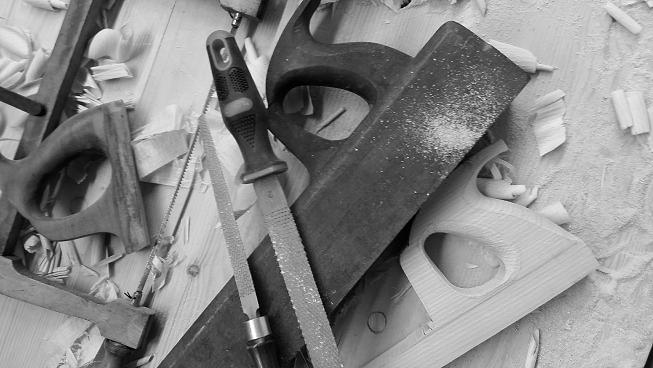
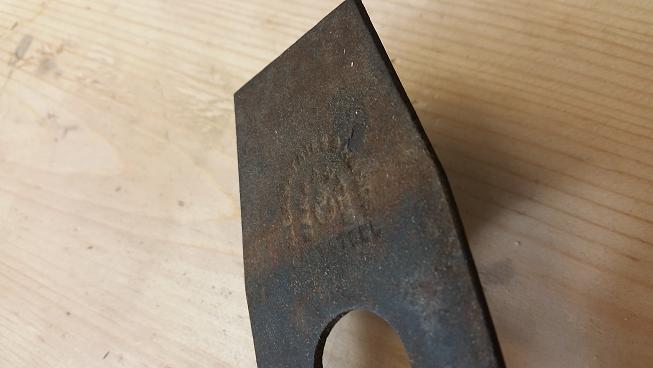
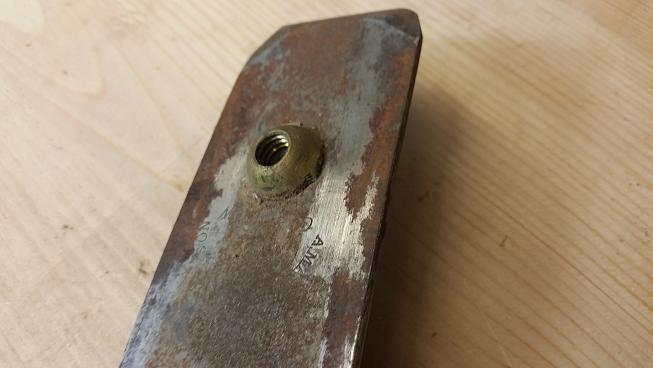
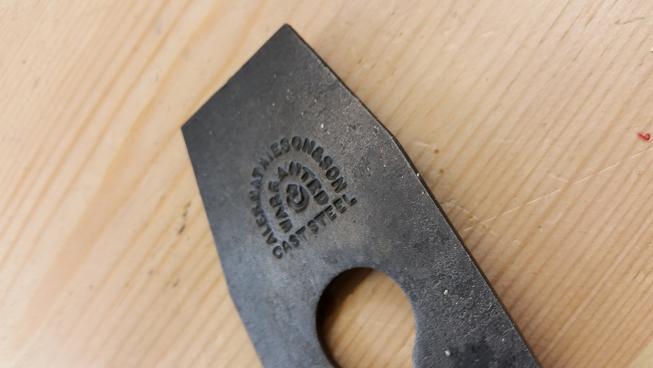
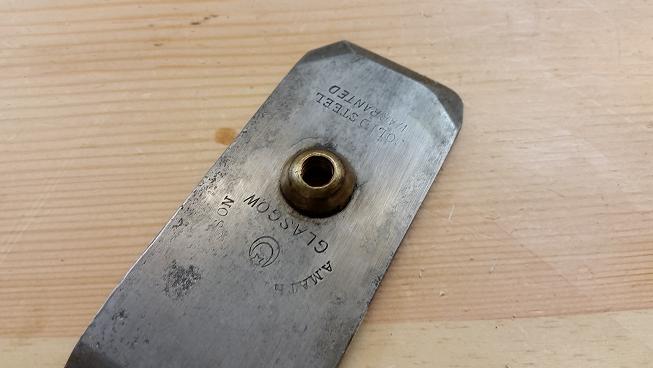



![How to Shop for a Lathe [Video]](http://www.popularwoodworking.com/wp-content/uploads/bfi_thumb/dummy-transparent-olcy6s63it1p9yp7uhusjas7c8kahafrhg9su7q9i0.png)


Graham, I’m a newbie to all of this, but I had a batch of rusty saws and a rusty Stanley plane, so I tried your technique with a big tote and about 100 oz. of white vinegar. We’ll have to see if the comment about making the steel brittle comes true, but the initial results were pretty spectacular. Etchings previously invisible under the rust were fairly legible, and all three saws should be quite usable going forward. (One of the saws turned out to be late 19th Century.) Thanks; I love your posts! PP
I would be very careful about using vinegar on your metal tools. Vinegar is an acid, and will actually cause metal to rust, and it can make the metal brittle. Many people who tried to restore old rusted shotguns, found this out the hard way, and completely ruining the barrel, making it useless. There is a much better alternative, available at Harbor Freight. I can’t remember the exact name, but it is something like Evaporust, and is a liquid, which is reusable . I personally would not use the vinegar. You can use a plastic container, with a little oil, and cup or so of lead bird shot, or steel bb’s if you don’t have any lead bird shot. Put the item in the container, and place it on a vibrator, for about 15 minutes or so, and check the progress. This also excellent for removing rust from old metal gas cans. They will come out looking factory new.
I use citric acid – available in powder form in supermarkets, where they sell canning supplies. It’s the same acid as in lemon juice, but concentrated, and it’s cheaper than lemon juice.
A couple tablespoons of the powder in a quart (liter) or so of water makes a good starting point.
Works quite well.
Graham, Thank you for taking us back to the basics in your blogging. It is so helpful for me.
Show us more of your shop, and display some of your projects with any documentation of
building them. These projects will enhance our understanding of your advanced skills as a
top drawer woodworker.
Keep them coming,
Jim
Ditto the acetic acid. I just tore apart my 15 year old jointer and de-rusted all of the parts with Acetic acid. It’s a miracle. Rinse in water after they soak ( for 12 hours), and polish off the oxidation and you’ll have new (still pitted) plane irons. Works better than any rust removal product I ever used.
Two things you might wish to consider: In the Navy, in our machinery equipment spaces (i.e., boiler rooms, engine rooms, etc.) we cleaned the steel deck plates with unsweetened Kool-Aid (flavored citric acid). It could be made into a solution for general cleaning, or a paste for scrubbing into nooks and crannies. As to your use of vinegar (acetic acid), you might want to experiment with adjusting the pH of your cleaning solution, by starting with glacial acetic acid and diluting it to a solution (Remember: always add acid to water.) to make your desired pH. Both organic acids have a chelating effect on iron oxide, but I would think that being able to adjust the pH would be advantageous for cleaning oxidized iron / steel tools. Glacial acetic acid used to be a standard, over the counter, product for darkroom use, though now it might be harder to find since we’ve entered the age of digital photograph. It is still carried by laboratory supply houses, if you want to try it.